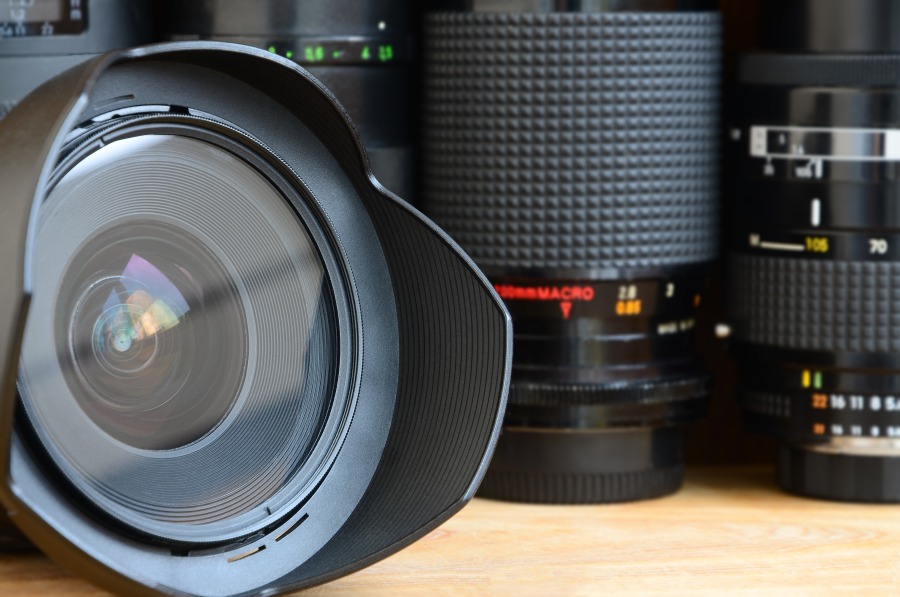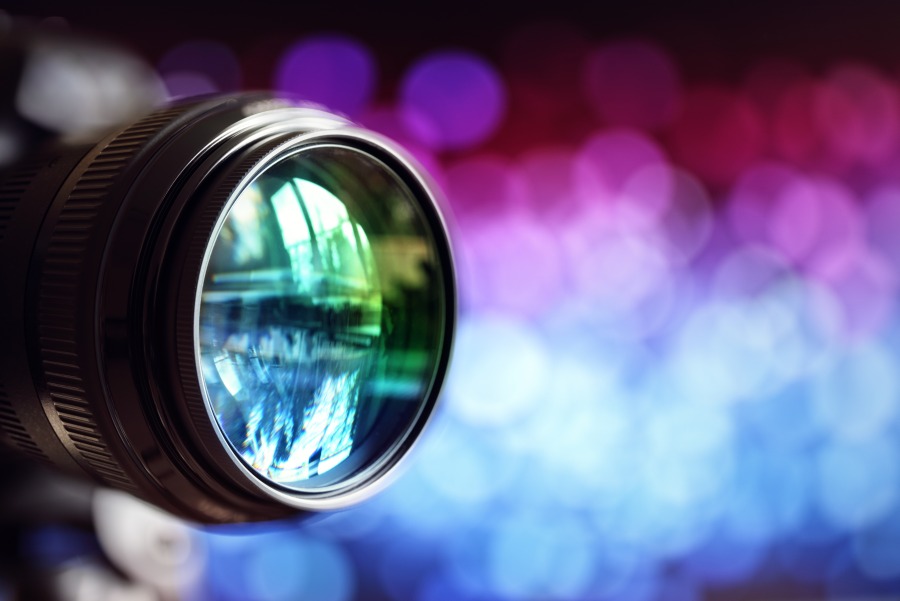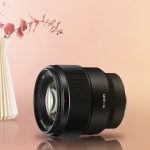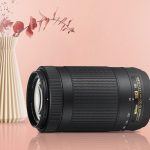
So let’s say you just got a camera and you think you are done with the “expensive part,” and as soon as you think of getting a lens, you get disappointed. You get disappointed at their painful price, and that’s it.
When you think of it, even an old lens that is under-featured costs at least 150 bucks.
So imagine buying the wrong lens. It sure makes a hole in your pocket.
I bet by now you are wondering why lenses are so expensive.
Don’t worry, I’ll explain everything in this article.
So without wasting time further let’s look at why most lenses are so pricey.
What is a Lens
Before we jump into the expensive price tag, let’s figure out what a lens is in short words.
A lens is a piece of glass or optic that focuses light rays from an object to generate an image of that item.
I’m quite aware that it’s a little difficult to understand but in a way the complex nature of the lens reasons for the expensive price tag.
How does the Lens Work
In a figurative way, a lens is what the eye pupil is to humans.
It also works that way, it simply allows you to control the amount of light that enters your camera.
Lenses can be concave or convex and the images formed by a lens are determined by its shape.
Let’s get back to the main issue now that I’ve given you a general knowledge of lenses.
Why are Lenses so Expensive?

Below, I will introduce you to the 3 main things that lead to the high price tag of lenses.
Lens Construction
It indeed looks like a simple and small tool, but there is much more to a lens design.
It is a light-controlling device, as I previously stated. It accomplishes this by bending and filtering light through a variety of components within the lens body. These elements’ shape, thickness, clarity, curvature, and position must be done in a very accurate way.
Outside, the construction must be well-built and durable. Furthermore, there is also the weather-sealing feature, which is self-explanatory.
A lens that features a weather-sealing build, will be able to perform even outdoor in harsh conditions due to being resistant to water, dust, and dirt. If you go with a weather-sealed lens, you should also get a weather-sealed camera, because, what’s the point of having a lens that is resistant to bad weather conditions if your camera can’t handle it?
There’s also the importance of the lightweight and compact form factor. When you think about it, it’s difficult to cram all of those components into a little device and keep it lightweight and compact.
A lens’ design is certainly more difficult than it appears, hence the cost.
Lens Materials
While the construction was a sophisticated process, the raw materials that are used on a lens don’t come cheap either.
Reflection within the lens causes problems like image duplication, and the transmission of non-image light to the image: this is known as ghosts and flares.
So, lens manufacturers use lens coatings to produce optics that can render an image with the least unwanted optical degradation. This process is extremely complex and costly.
Here, magnesium fluoride (MgF2) or silicon monoxide (SiO) are used as coating materials.
Lens Labor
Once you got all the materials and the blueprint someone has to build it right.
Of course, but a machine can’t do it and which is why skilled craftspeople are required, and not just a few of them, a tad more than what you might think.
All of this, without a question, raises the cost of production.
What’s more is that they must be produced in a practically hygienic atmosphere to prevent dust, dirt, and moisture from entering the body before it is sealed.
Yet another thing that contributes to their painful price.
Below you will be greeted by a video that explains the process so well
Other Factors that Influence Lens Cost
Once you have the lens ready, its performances are what will determine the final price.
Focal Length
The focal range is one of the main factors when it comes to lenses and it’s the one that you should highly consider when it comes to picking the right lens for your type of photography.
The focal length is the distance traveled by light from the optical center of the lens to the camera sensor. It is usually displayed on the lens barrel and is measured in millimeters (mm). Moreover, the lenses themselves are named after the focal range they carry.
A shorter focal length results in a more zoomed-out image, whilst a longer focal length results in a more zoomed-in image.
While the focal length will not strikingly determine the price of the lens, on some occasions it does. Telephoto lenses tend to cost more than the usual ones.
Oh, I sure do have the perfect example for that, Sigma 200-500mm f/2.8. If you think that your 300$ lens was expensive, think again.
Although it is a really capable lens, I don’t know what is going through Sigma’s mind with that price tag.
Aperture
Another key factor to consider is the aperture, which is almost as important as the focal length when it comes to lens selection.
Aperture is also known as F-Stop since it is measured in f/stops and is represented by the digits 1.4, 2, 2.8, 4, 5.6, 8, 11, and 16. The aperture will be listed on the lens name and, most likely, on the barrel, exactly like the focal length.
The aperture controls the volume of light that enters the camera. Reduce or increase the aperture size to enable more or less light to reach your camera sensor, the f-number determines how much light enters the camera; the lower the f-number, the more light enters the camera.
Built-In Image Stabilization
Most modern cameras, especially the latest flagships, have built-in image stabilization. Basically, it refers to how stable a camera’s optical system is throughout shooting.
The good news is that if your camera doesn’t have built-in stabilization, your lens might. However, it will also have a higher price.
Different lens manufacturers use different stabilizing technologies, but they all have the same purpose, to make the pictures look sharp with no shake.
If you have a flagship camera that has its own stabilization and your lens has one as well, the amount of unshaken content you will get is incredible.
Bokeh Effect
Bokeh is defined as the effect of a soft out-of-focus background that you get while shooting a subject, simply said, bokeh is the pleasing or aesthetic quality of the out-of-focus blur in a photo.
What makes this section so essential is that not all lenses have the same bokeh effect, and they differ in price as well.
Bokeh is made by turning small spots of light into soft circles while using a wide aperture to render a busy background into a gentle expanse of colors.

Final Words, Conclusion
By now you probably have a good idea why they’re so pricey, but are they really?
I’d find a balance between yes and no.
No due to the manufacturing costs and their complicated nature. It takes around 6 weeks for a single lens to be made, So, with that considered, you come to the realization that the price is, in some ways, reasonable.
Flipping the coin, Yes, some of them are just overpriced and will seriously hurt your bank just for a few extra features that you might or might not need, *cough* *cough* the sigma lens I mentioned earlier.
It all boils down to lens capabilities in the end.
When it comes to cameras and photography, lenses will always be crucial, so if you find a great one, don’t hesitate to invest in it.

Wedding Photographer
From nature to urban landscapes, my camera is my tool for expressing my creativity and telling stories through my lens.



